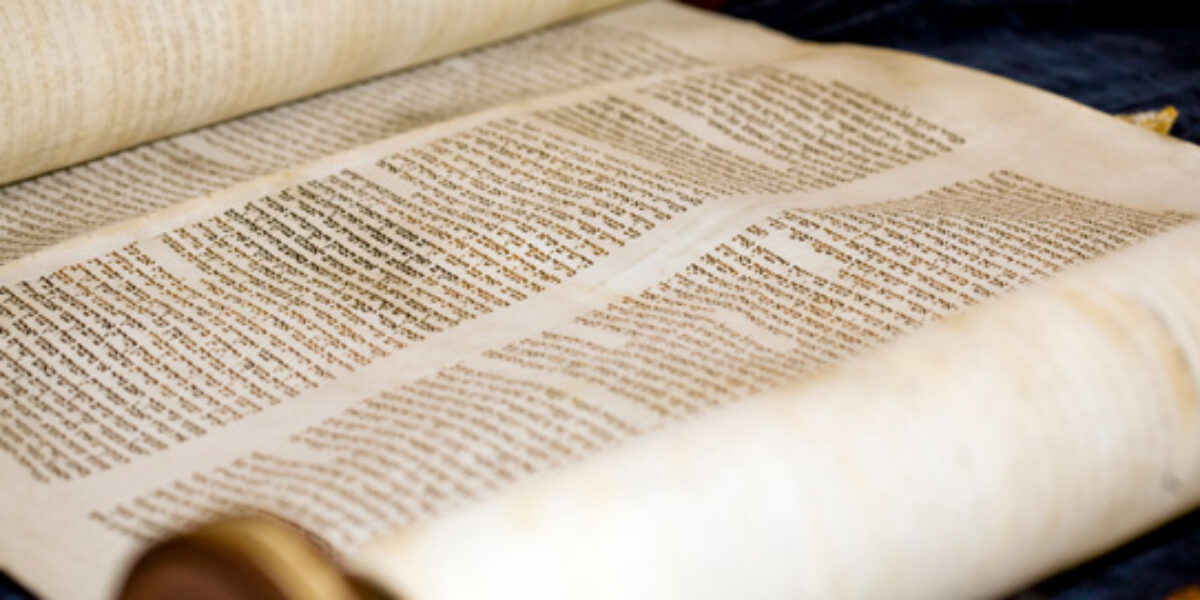Scrolls transferred God’s Word to subsequent generations. Find out how these items were made and used in the ancient world.
In ancient times, writing was done on scrolls made of leather or papyrus. The papyrus plant, which grows abundantly in Egypt, provided the material for scrolls. Carbon-dating has shown that the Egyptians were using papyrus for writing as early as 3000 B.C. Making scrolls involved a series of steps: (1) Strips were cut from the center of the papyrus plant’s stalk, (2) soaked in water to soften them, (3) and laid in crisscrossed rows. (4) The sheets were pounded with a mallet to break down the fibers and force them to join together and then (5) rubbed smooth with shells. When the sheets were dry, they could be written on. Black ink made from carbon soot mixed with water and tree sap was applied with pens made from reeds. Errors in writing could be erased with water.
Papyrus scrolls today are rare because moisture causes them to decay. Most surviving papyrus scrolls were discovered in dry, desert-like climates.
Leather scrolls (called parchment) were also used, and they eventually replaced papyrus as the preferred writing material. Leather scrolls were made from sheep, goat, or calf skins that had been scraped to remove the hair, stretched, and dried on a frame. Writing was done on the side where the hair had been removed. Texts written on leather could not be erased. Separate leather sheets were stitched together to make a long scroll. The Scroll of Isaiah, found at Qumran by the Dead Sea, measures twenty-four feet long. It is made of seventeen sheets of sheepskin joined by linen thread.




